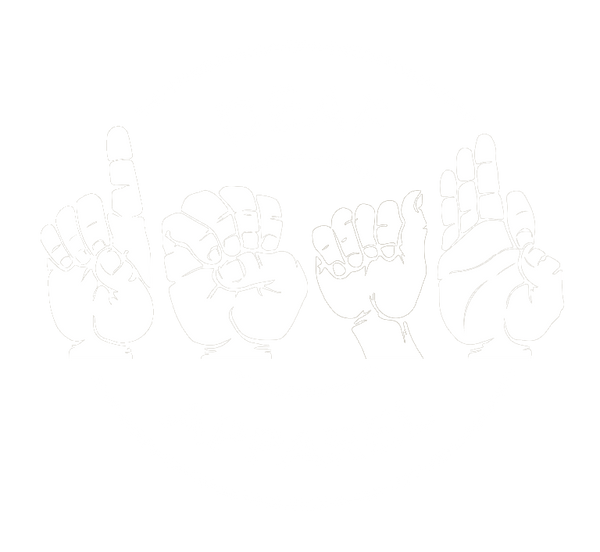As children we were taught that the United States of America is a great melting pot of a myriad of cultures, ethnicities, and religions. Two ingredients left out of that melting pot were the different physical and mental states of the human being. We quickly forget the value of someone who experiences a physical or mental difference than the “average” person. We excluded the deaf/hard of hearing community, the autistic community, the blind community, and so on.
The natural tendency of the human being is to perceive and understand its surroundings by placing what it sees into groups. We experience something called the out-group homogeneity effect. This is essentially a socio-psychological phenomenon that causes us to believe that someone that belongs to a social group that is not ours, is the same as everyone else in their group as well. We lack the vision to see diversity in groups other than our own, and we lack the vision to see how similar we are to the people in such out-groups.

Shedding light on the idea of diversity, let’s focus the spotlight onto the deaf and hard of hearing community. To break the barrier that the out-group homogeneity effect presents in our minds, it helps to draw attention to someone known that fits in such an out-group. Thomas Edison was completely deaf by the time he was a teenager. Beethoven, unfortunately lost his hearing by his mid 20s.
These two historical figures are remembered for their contribution to society, they added value. The same can be said for every member of the deaf/hard of hearing community. They add the beauty of language, creativity, adaptability, and technology. This community is under appreciated. There is an entire world apart from the one we experience in our hearing schools and workplaces. It is our job to make sure they are appreciated because they too, are a part of our melting pot.
Author: Isra Shilad

